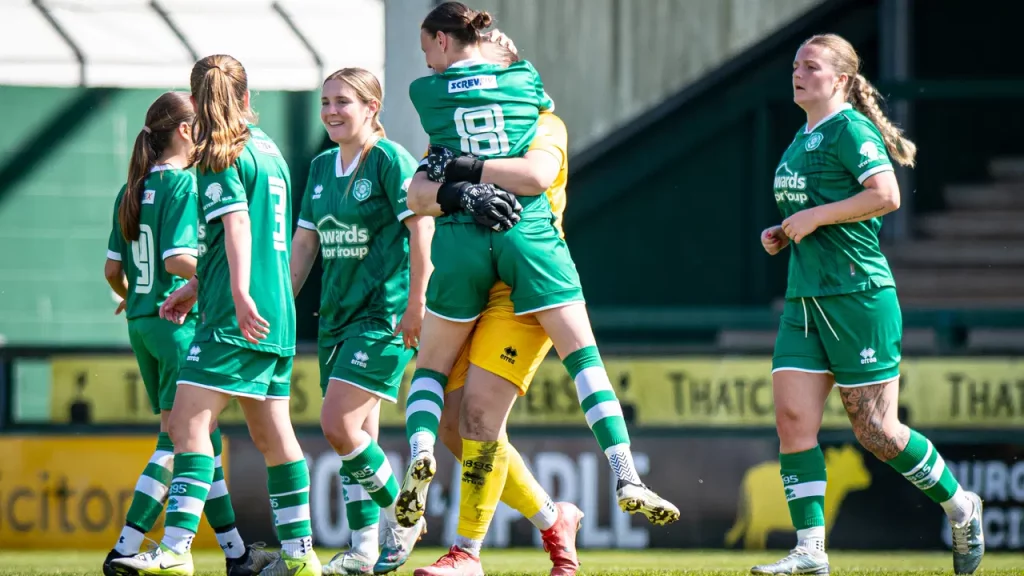A few years ago, the idea of women managing top-flight men’s football clubs was treated as either a publicity stunt or an anomaly. Fast forward to 2025, and female managers are not only entering men’s football—many are thriving. From tactical innovation to locker room leadership, women are carving out roles in environments that once excluded them outright. While not yet widespread, this surge in appointments is no longer a fluke. It reflects a systemic shift in how football defines leadership, talent, and merit, and it’s starting to reshape the sport’s managerial landscape.
NWSL Crossover Success Stories
A driving force behind the rise of female managers in men’s football has been the growing credibility of the National Women’s Soccer League (NWSL) as a talent incubator—not just for players, but for coaches. The NWSL has become a proving ground where strategic thinking, media handling, player management, and competitive intensity are as rigorous as in the men’s game. In fact, many of the league’s top coaches have quietly been outperforming their male counterparts in similar roles, drawing attention from international scouts and male club executives.
Take Casey Stoney, the former San Diego Wave FC manager, whose tactical flexibility and squad harmony turned a young side into playoff regulars. Or Laura Harvey, whose understanding of in-game momentum and set-piece design caught the eye of clubs in Europe. Their NWSL résumés offered proof of performance under pressure—something no longer dismissed because of the league’s gender.
When female managers transition from the NWSL to men’s teams, they bring not just systems and styles but also a leadership model honed in a context where communication, emotional intelligence, and cultural sensitivity are vital. In the male game, these attributes have been historically undervalued. Now, they are being recognized as competitive advantages.
Changing Locker Room Dynamics
One of the main barriers to women managing men’s football was always presumed to be the locker room. Would male players respect a female boss? Would they listen? Would chemistry break down? For years, these questions shut doors before they could be opened. But the players themselves are now answering with their actions—and they’re overwhelmingly receptive.
The modern locker room is not the hyper-macho fortress it once was. Today’s athletes are more likely to have worked under female physical therapists, sport psychologists, data analysts, and assistant coaches. Many come from multicultural backgrounds where respect for authority has more to do with competence than gender. Moreover, Gen Z athletes in particular value transparency, empathy, and authenticity—traits that female managers often bring more naturally to the table.
In clubs where women have taken charge, the reported atmosphere often improves. Communication lines open up. Tactical meetings become more interactive. Players report greater emotional support without sacrificing discipline. Coaches like Corinne Diacre and Chan Yuen Ting have succeeded in managing egos without ego themselves, setting a tone that encourages professionalism over posturing.
There are still locker rooms resistant to change, of course. But the stigma is breaking. The results are speaking louder than stereotypes. And as more male players endorse female managers publicly, those lingering hesitations are being forced into retreat.
Recruitment Process Innovations
Hiring in men’s football has always had a closed-door quality. Club executives hired familiar names, mostly former male players, often based on personal connections or nostalgic reputations. That hiring culture is beginning to crack, thanks to a new wave of recruitment processes that emphasize data, objectivity, and fit over fame.
Leading this shift are clubs that use performance metrics not only for players, but also for managers. Algorithms now assess a coach’s tactical tendencies, win probability maximization, injury mitigation, and youth development success. These criteria level the playing field. They reward actual outcomes and evidence, not gender. Female managers who may not have played in the Champions League but have crafted top-tier game models or built elite development pipelines are suddenly more visible to hiring boards.

Furthermore, many clubs are diversifying their hiring committees. More women, more former players from the women’s game, and more data analysts are entering the decision-making process. This not only introduces broader perspectives but also actively challenges entrenched biases.
Agents are adapting too. Sports agencies now represent more female coaches and promote them just as aggressively. Media coverage of managerial prospects has expanded its lens, and progressive club owners are keen to be seen as pioneers. These market forces are aligning to break down one of football’s most stubborn glass ceilings.
Tactical Value and Off-Pitch Benefits
Tactically, female managers are often bringing new wrinkles to men’s football. With less historical pressure to mimic existing templates, many female coaches experiment more freely with asymmetric formations, high-line pressing, and fluid positional switches. Their openness to collaboration and analytics also means they’re quicker to adapt and evolve mid-season.
Moreover, clubs with female managers are seeing off-pitch dividends. Sponsorship interest tends to rise. Fan engagement often improves, especially among younger and more diverse audiences. Media attention brings greater visibility. All of this enhances a club’s brand, making the appointment not just ethically commendable but commercially smart.
Some skeptics argue that this could create tokenism—hiring for PR rather than footballing value. But the best rebuttal to that argument is already unfolding in match results. Teams led by women aren’t just gaining headlines—they’re gaining points.
Challenges Still Ahead
Despite this progress, hurdles remain. The global percentage of female managers in men’s football is still minuscule. Top-tier leagues in Europe and South America remain particularly resistant. The media still magnifies female managerial mistakes more than male ones, and social media abuse targeting female coaches remains a daily reality.
There’s also a pipeline issue: fewer women are enrolled in elite coaching license programs, due to both access and perception issues. Governing bodies like UEFA and FIFA have launched inclusion initiatives, but real progress requires structural investment and club-level accountability.
Mentorship networks are growing, but without more high-profile appointments, it’s hard to create momentum. Visibility leads to viability, and until more women are seen leading teams in pressure-filled matches, too many capable coaches may remain stuck at the youth or women’s level.
Conclusion
The rise of female managers in men’s football isn’t a trend—it’s a tipping point. Fueled by proven performance in the NWSL, supported by changing locker room dynamics, and enabled by more data-driven recruitment processes, women are finally stepping into roles they’ve long been capable of excelling in. The football world is watching as these pioneers challenge norms, reshape club cultures, and deliver competitive results on their own terms. What happens next will depend not just on who gets hired, but on how the sport defines success—and who it allows to chase it.


































Discussion about this post